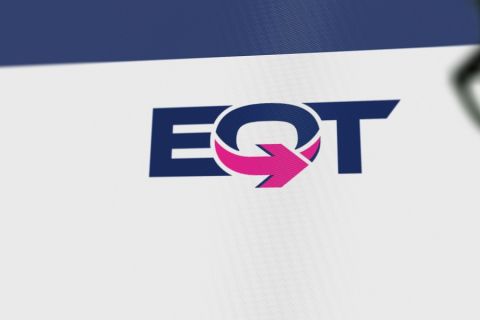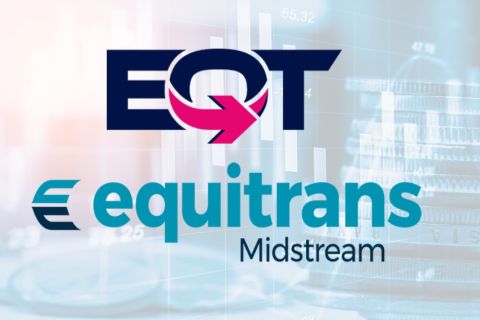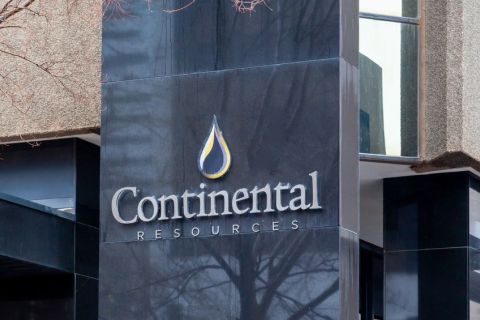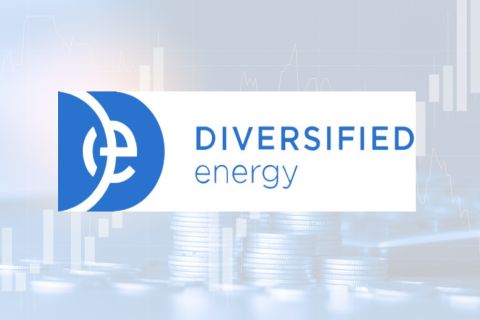The opposing forces whipsawing the oil and gas market most recently lashed out at Berry Petroleum Co., which delivered an IPO that undersold shares at about $2 below its targeted price.
Berry offered a complicated market story, with conventional assets in California’s San Joaquin Basin and a sprawl of positions in Utah’s Uinta Basin, Colorado’s Piceance Basin and East Texas.
The market may not have liked the Berry name, perhaps. Berry was previously a part of Linn Energy Inc. and split from the company following Linn’s bankruptcy. Berry reported its leverage ratio at 2.3x and had a modest net income in first-quarter 2018.
But E&P names seem to matter little in the oil and as business, certainly more than they do for other start-ups. Few remember BackRub, a Stanford University company which (thankfully) changed its name to Google.com in 1996.
Yet the winds that buffeted Berry on July 25 have simultaneously favored oil and gas companies without so much as a blade of grass under lease. Those blank check or special purpose acquisition companies, called SPACs, offer investments in grand, if vaguely defined somethings to be purchased in, they say, 24 months.
Consider Osprey Energy Acquisition Corp.’s lofty, but detail-deprived investor pitch to “capitalize on the ability of our management team to identify, acquire and operate a business in the energy industry that may provide opportunities for attractive returns.”
“May provide?” Take that to the bank.
Yet, as with most successful SPACs, the management team had the combined star power of Jonathan Cohen, Edward Cohen and Daniel Herz, all deeply experienced executives. The Cohens alone founded Atlas Pipeline Partners. Investor, incidentally, named Edward Cohen energy executive of the year for 2010.
Last July, the asset-less Osprey completed its $275 million IPO. Berry’s IPO almost exactly a year later scrapped together just under $147 million on the back of $2.6 billion in assets.
On June 4, Osprey announced it would acquire Blackstone Energy Partners LP’s portfolio of Eagle Ford Shale interest for about $800 million in cash and stock to form a new company, Falcon Minerals Corp.
Another SPAC, Pure Acquisition Corp. closed its IPO in April with proceeds of $414 million— upsized from $300 million.
As Raymond James noted in its Aug. 7 second-quarter 2018 A&D quarterly, the market loves SPACs. In 2017, six of the eight upstream IPOs were SPACS and “only three have found their targets.” A whopping $1.5 billion of SPAC cap remains to be deployed.
Most of the SPAC captains have been marquee names, some near-legendary: Jim Hackett, Mark Papa and Steve Chazen the former CEO of Occidental Petroleum Corp. Chazen formed Magnolia Oil & Gas Corp. after closing a deal on July 31 to buy EnerVest Ltd.’s South Texas assets for $2.66 billion.
Osprey is led by Jack D. Hightower, who headed Titan Resources LP and a slew of other E&Ps.
In an interview earlier this year, Chazen called the SPAC an odd instrument—a wait-and-see investment that sits in a trust waiting to be spent or unspent.
Chazen said his pitch to investors was all about the low-debt, high returns company he wanted to create. “You also sell the credibility that what you say is going to happen. Here is the idea. Here’s how it works.”
Could the dead space separating IPOs by up-and-running E&Ps and the what-if possibilities offered by SPACs be filled with confidence (or at least an absence of fear)? Baird Research Equity noted in a July 30 report that after a fourth straight week of falling oil prices, “crude remains in a funk” and risk is wobbly.
For answers, we turn to the Psychology of Investing textbook, which points out the prevailing wisdom of the past 40 years sized up investors as making rational decisions, unbiased in their predictions about the future.
The unintentional punchline delivered several paragraphs later: “Financial economists are now realizing that investors can be irrational.”
Established E&P IPOs will return with more vigor, but only as rationality catches up. Investors now see past (CEO) performance is an indicator of future results. As writer Kurt Vonnegut often observed of such fickle moments: “so it goes.”
Recommended Reading
Permian Activity in ‘Low-to-no-growth’ Mode for First Half
2024-02-22 - After multiple M&A moves in 2023 and continued E&P adherence to capital discipline, Permian Basin service company ProPetro sees the play holding steady.
EQT, Equitrans to Merge in $5.45B Deal, Continuing Industry Consolidation
2024-03-11 - The deal reunites Equitrans Midstream Corp. with EQT in an all-stock deal that pays a roughly 12% premium for the infrastructure company.
EQT Deal to ‘Vertically Integrate’ Equitrans Faces Steep Challenges
2024-03-11 - EQT Corp. plans to acquire Equitrans Midstream with $5.5 billion equity, but will assume debt of $7.6 billion or more in the process, while likely facing intense regulatory scrutiny.
Continental Resources Makes $1B in M&A Moves—But Where?
2024-02-26 - Continental Resources added acreage in Oklahoma’s Anadarko Basin, but precisely where else it bought and sold is a little more complicated.
Diversified Energy Buys NatGas Assets in Runup to LNG Exports
2024-03-19 - Diversified Energy will pay $386 million to buy 100% interest in Oaktree Capital Management’s assets in Oklahoma, East Texas and Louisiana.






